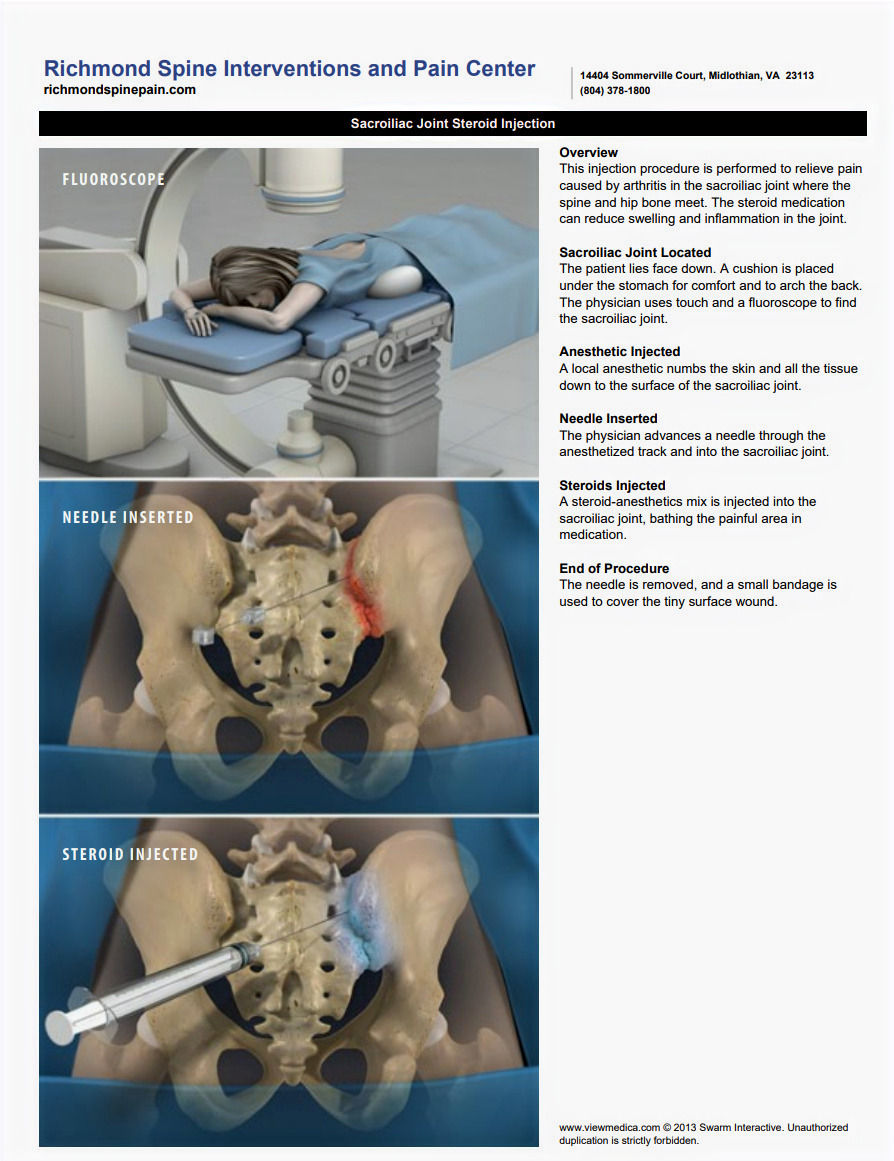Disc Degeneration and Pain
- Dr. John Sherry II
- Sep 13, 2017
- 3 min read
The spinal column consists of the vertebral bones and the discs which are located in between them. Intervertebral discs are fibro-cartilage rings supporting and providing mobility to the vertebral bones. The disc is a tough, outer ring called the annulus, with a soft inner filling of jelly like material called the nucleus pulposus. Together, the vertebrae and their associated discs form the vertebral column. No disc exists between the skull and first, and between the first and second cervical vertebrae.
A young, healthy disc has a large amount of water. As the disc ages, it slowly loses this water content, becoming dry and "desiccated". This is easily discerned by a radiologist using Magnetic Resonance imaging (MRI). A disc can more rapidly degrade and lose water content due to overload caused by obesity, various forms of active trauma, and due to exceeding it's mechanical limits by heavy lifting. Various means have been used to describe disc pathology. The general term disc herniation is one of them. A disc can undergo many different types of distortion and disruption. Discs can crack or fissure, bulge, protrude, extrude; and fragment and sequester outside the vertebral column. The term "slipped disc" is inaccurate, and a disc does not slip out of place. One vertebra can shift out of place above or below another, but this is shifting is not the result of the disc displacing, but bone and/or ligament disrupting or being absent since birth.
Disc herniation is defined as inner disc material penetrating the outer ring or annulus. Therefore, based on both the symptoms and signs produced, all of the aforementioned can be considered such. However, despite popular belief, most patient symptoms are caused by chemical irritation causing an inflammatory response. Unless actually massively impinging upon a nerve root or the spinal cord, mechanical displacement of the invertebral disc rarely causes symptoms and signs. When it does, the resulting clinical findings are so obvious that surgery is mandated. These findings include loss of bowel and bladder function, dense loss of sensation, and/or striking weakness or paralysis of the legs and arms. This represents the most severe form of what is called spinal stenosis, or narrowing of the inside of the spinal canal.

MOST symptomatic disc pathology does NOT necessitate surgery. The majority of symptomatic disc pathology responds to conservative therapy. Physical therapy in particular. That which does not can usually be managed with epidural steroid and or other types of epidural medication injections. Epidural injections are in general very safe, effective procedures when performed by clinicians well experienced in this technique.(8-9)
MOST IMPORTANT OF ALL, MOST DISC PATHOLOGY FOUND ON RADIOLOGIC STUDIES IS ASYMPTOMATIC. That is, most of us walk around in our everyday lives with disc pathology and never even know it. Men are slightly more likely than women to have disc pathology. Disc pathology increases with age. Symptomatic disc pathology also increases with age.(2-7)
The best way to avoid symptomatic disc problems is to maintain a healthy life style, exercising and pursuing abdominal, upper back and shoulder strengthening, and avoiding prolonged obesity and situations that naturally overload the spine.
Article by Dr. John Sherry II
1. Intradural Cervical Disc Herniation: Report of Two Cases and Review of the Literature; Jie Pan, MCh; Lijun Li, MD; Lie Qian, MD; Honglin Teng, MD; Bin Shen, MCh; Jun Tan, MD; Wei Zhou, MD; Mingjie Yang, MCh; Spine. 2011;36(15):E1033-E1037. © 2011
2. Jensen MC, et al. “MRI imaging of the lumbar spine in people without back pain.” N Engl J Med – 1994; 331:369-373
3. Boden SD et al. “Abnormal magnetic resonance scans of the lumbar spine in asymptomatic subjects: A prospective investigation.” J Bone Joint Surg Am 1990; 72A:403-408
4. Weishaupt D et al. “MRI of the lumbar spine: Prevalence of intervertebral disc extrusion and sequestration, nerve root compression and plate abnormalities, and osteoarthritis of the fact joints in Asymptomatic Volunteers.” Radiology – 1998; 209:661-666
5. Boos N, et al. “1995 Volvo Award in clinical science: The diagnostic accuracy of MRI, work perception, and psychosocial factors in identifying symptomatic disc herniations.” Spine – 1995; 20:2613-2625
6. Powell MC, et al. “Prevalence of lumbar disc degeneration observed by magnetic resonance in symptomless women.” Lancer – 1986; 2:1366-7
7. Boos N, et al. “Natural history of individuals with asymptomatic disc abnormalities in MRI: Predictors of low back pain-related medical consultation and work incapacity.” Spine 2000; 25:1484
8. Abdi S, Datta S, Trescot AM, et al. Epidural steroids in the management of chronic spinal pain: a systematic review. Pain Physician. 2007;10(1):185-212.
9. Botwin KP, Gruber RD, Bouchlas CG, et al. Complications of fluoroscopically guided transforaminal lumbar epidural injections. Ach Phys Med Rehabil. 2001;81(8):1045-1050.



Comments